What Makes a Great Alumni Platform?
A great alumni platform should provide you with all the data and flexibility you need to create an experience that feels bespoke for each user.
The EnterpriseAlumni platform does just that.
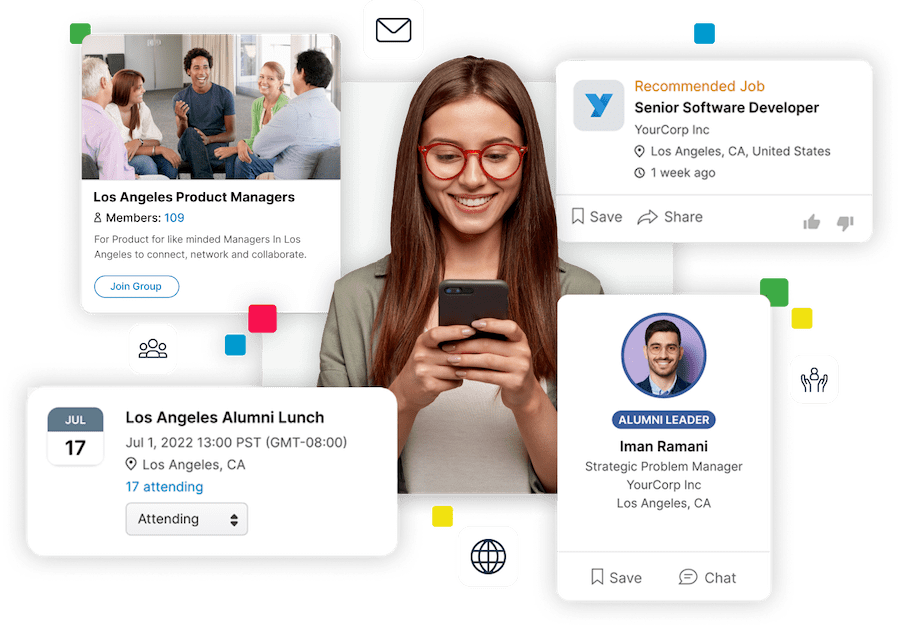
Personalized Experience
At EnterpriseAlumni we’ve built an alumni platform that creates a personalized experience for every user - whether that’s alumni members or your team running the network. When your members log in they will see a network where the design and feel mirrors that of your business. Their newsfeed can be personalized to serve them the content most relevant to them - no junior engineers seeing roles for senior account managers.
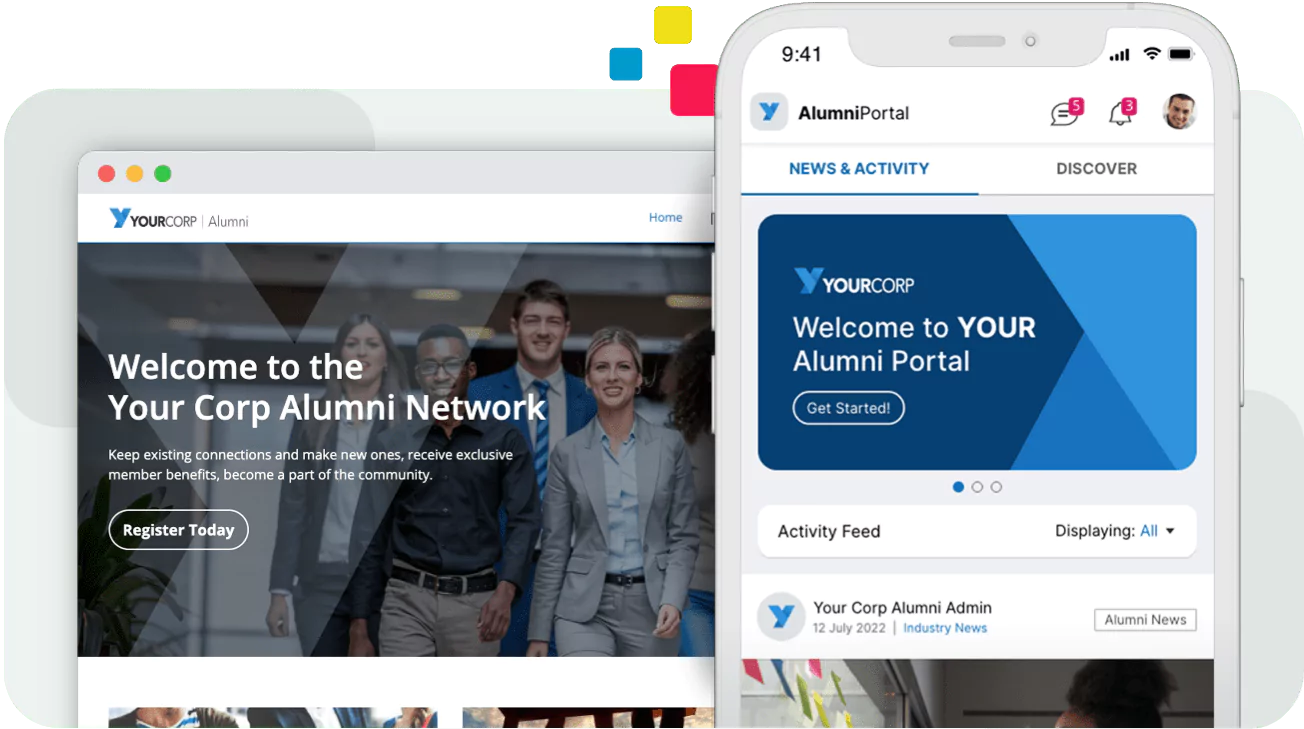
Advanced Analytics
The key to an engaged alumni network is managing the data. The EnterpriseAlumni platform lets you capture all the data you’ll need to truly understand what drives alumni engagement. Our data will let you understand what drives job applications, areas of potential business development, and how to increase social sharing of content by your alumni. We can help you interpret the behaviors and habits of your alumni so you can make sure your content reaches them at the exact right moment.
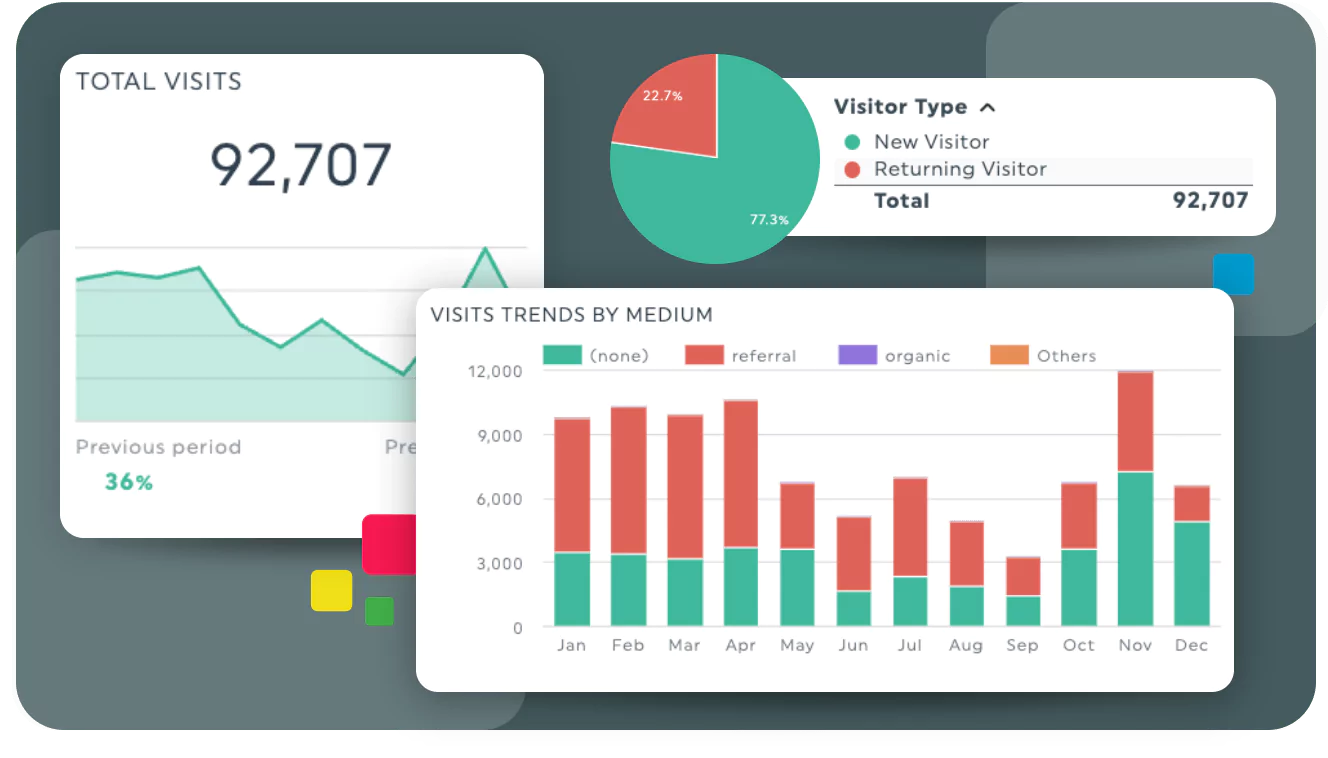
Easier Alumni Management
The EnterpriseAlumni platform is designed to minimize the time you have to spend actively managing your alumni network. Our system was built to automate manual tasks and workflows. We’ll help you design a user experience that captures new members and encourages them to engage with your platform from the moment they join. Plus, our system will integrate with your current HR and CMS tools, making it simpler for you to use.
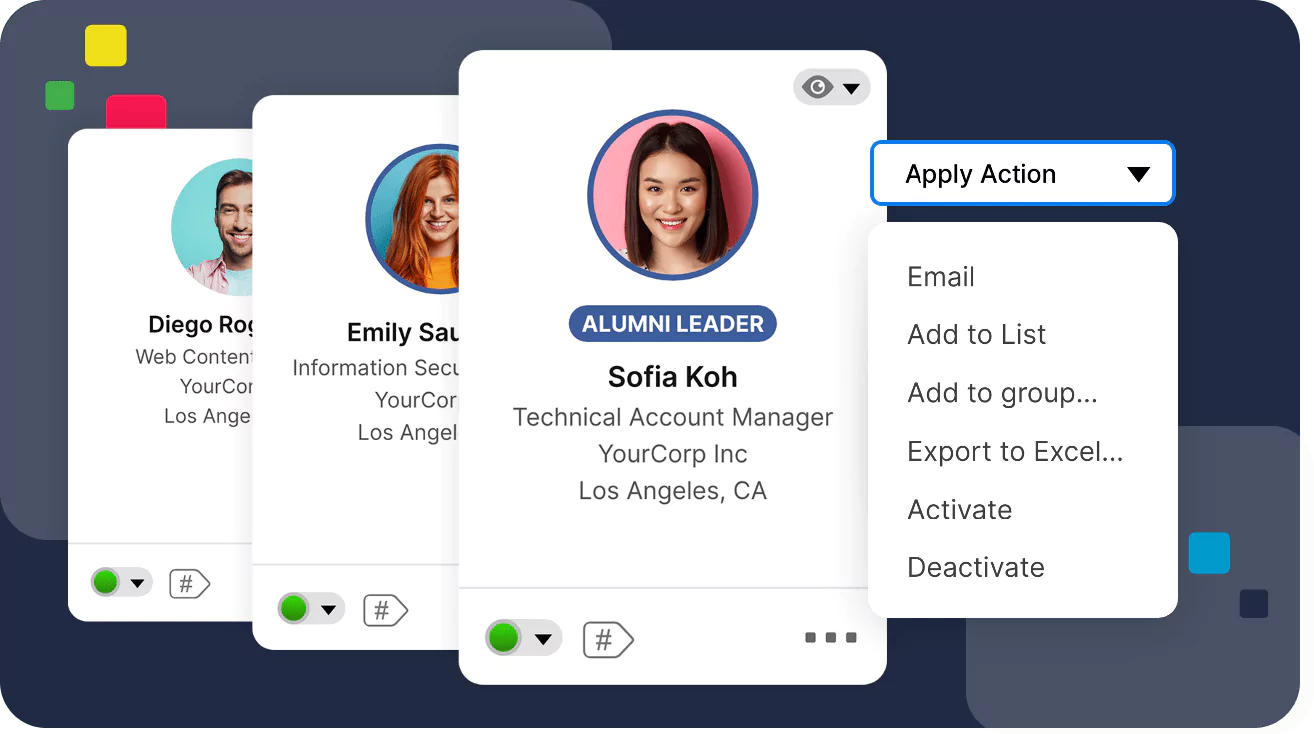
Key Features
Recruitment
We know that alumni networks can drive up to 17% of new hires but their value goes beyond just boomerang hires. We designed the EnterpriseAlumni platform so that it’s easy for alumni to find the right opportunity for them. And we also made it easy for recruiters to increase applications and referrals through our detailed insights and analytics tools.
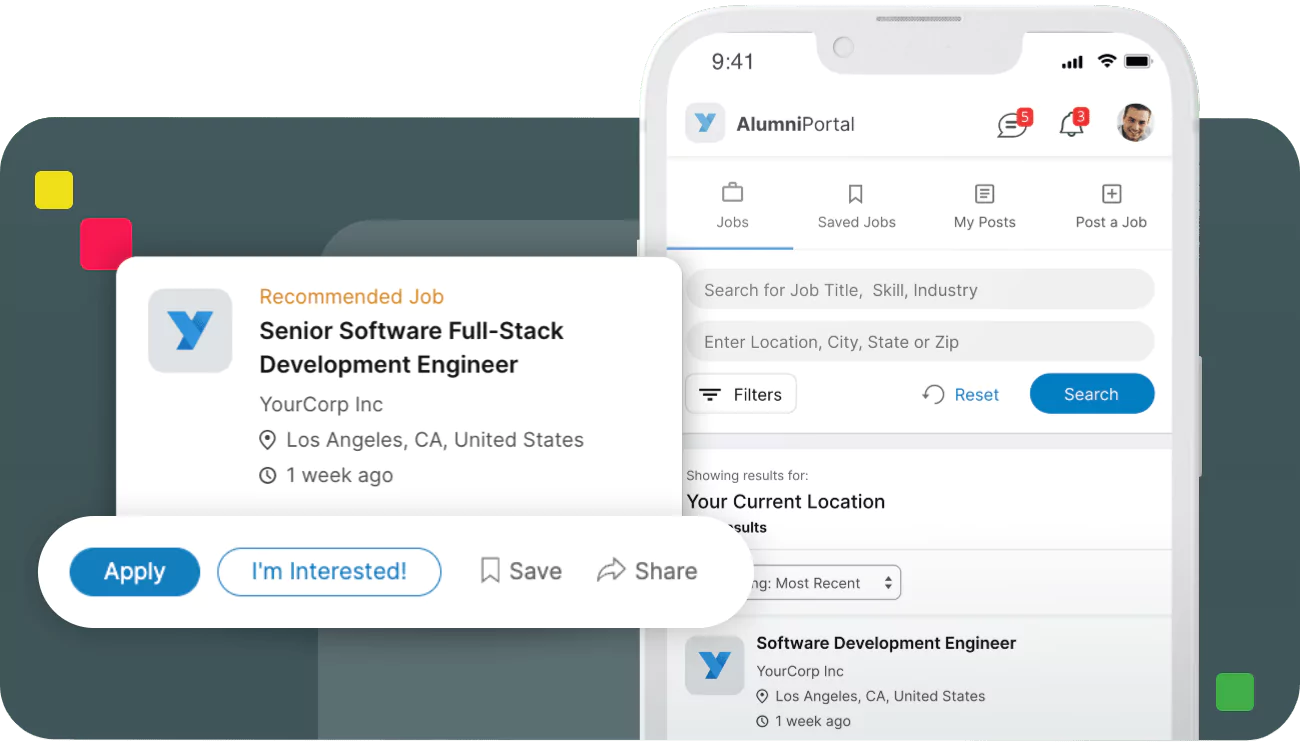
Revenue
Our segmentation tools allow you to define clear targets for your business development and go after them in a way that ensures success. Our events tools allow you to bring together groups of people around the world for anything from webinars to global conferences - getting your customers in a room with your sales team in a way that adds value to both sides.
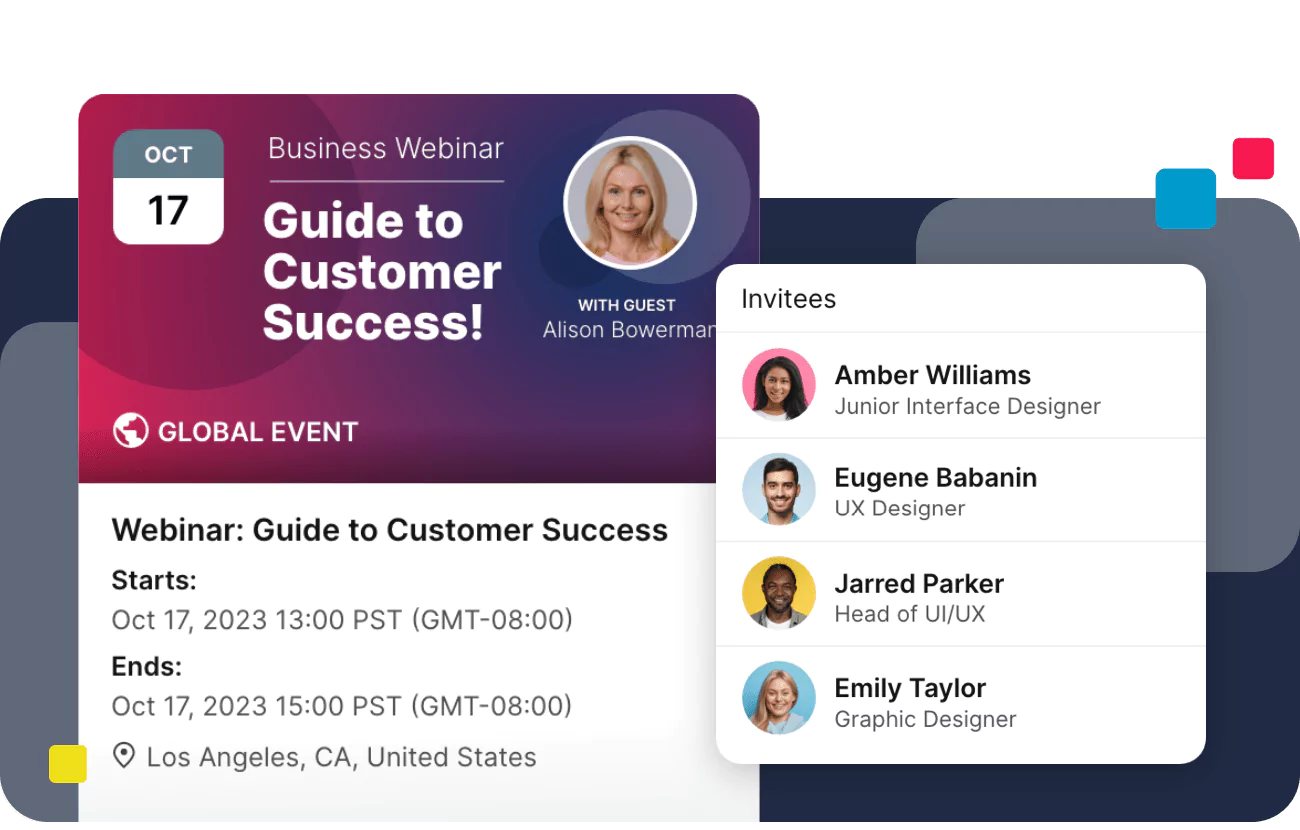
Advocates
Our personalized dashboards mean that alumni see the content that is most relevant to them, making them feel more personally aligned with your business. Our analytics tools let you discover the content that is most likely to drive action from your alumni - for example, social shares or referrals - turning them into brand advocates.
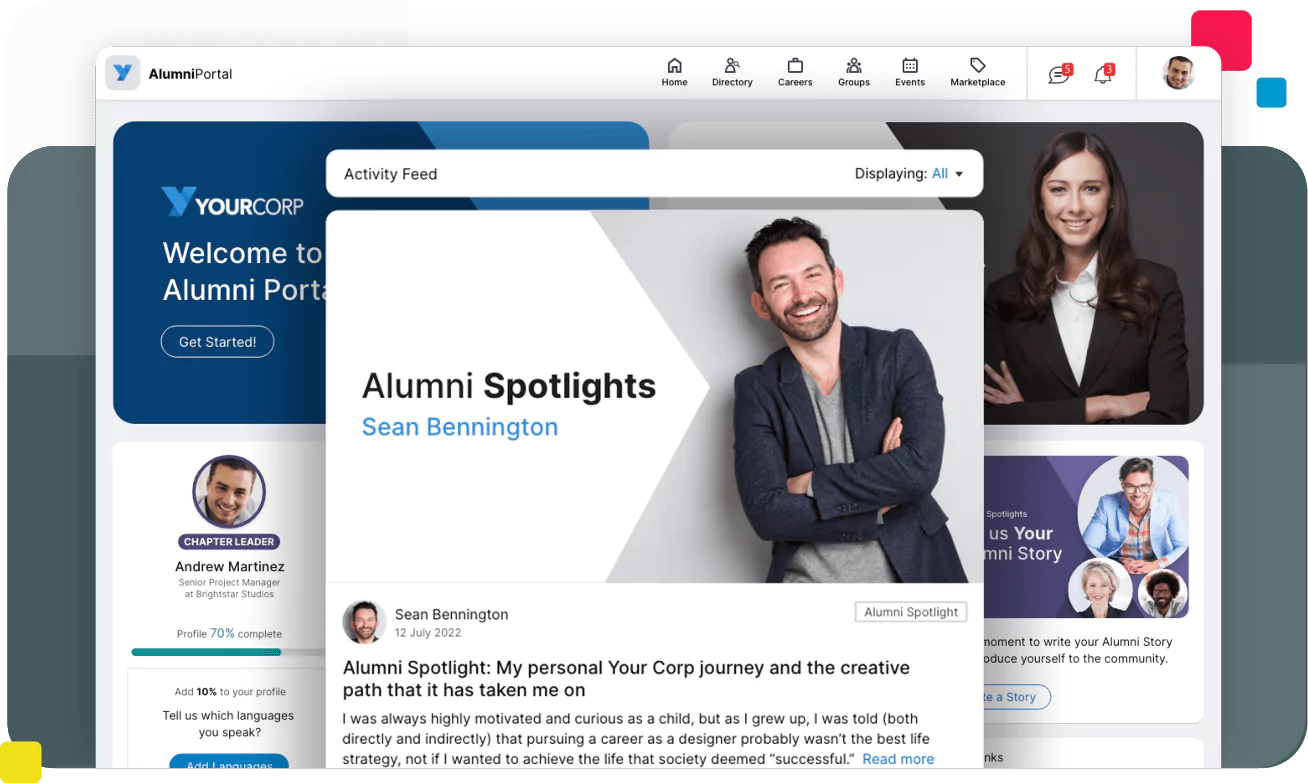
Exceptional customer success
Learn more
The premium alumni solution, trusted by the best
See customer stories
Enhance Your Organization’s Success with EnterpriseAlumni
Join the top institutions that trust EnterpriseAlumni for secure, compliant and effective alumni management.
